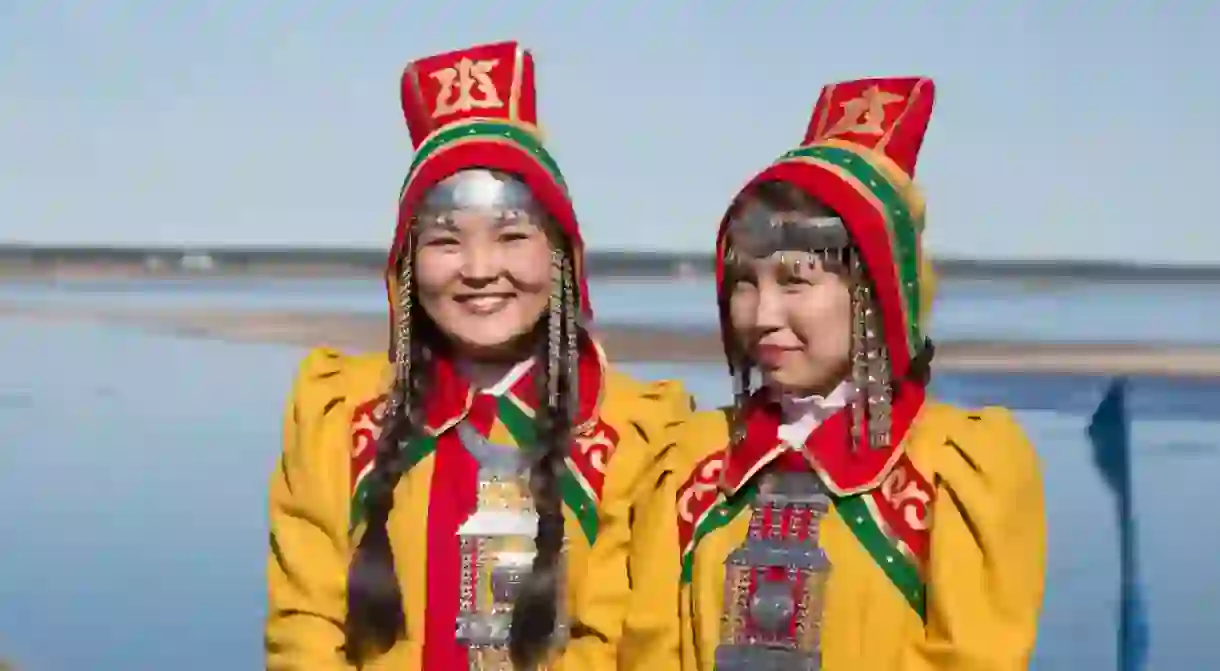An Introduction to the Yakut People

Indigenous to the far eastern Siberian republic of Yakutia, the Yakuts are a semi-nomadic people whose traditional way of life has mainly been dictated by the extreme climate in the area where they live. Here’s everything you need to know about one of Russia’s main aboriginal groups.
Yakuts also go by the name Sakha – in the same way that their native region, Yakutia, is also known as the Sakha Republic. They have populated Russia’s frozen north for centuries. While urbanisation and Russification have seen a dilution of Yakut culture, many villages scattered throughout the republic remain Yakut strongholds today.

Homeland
Native to the Republic of Yakutia in Siberia’s far east, the Yakuts inhabit some of the coldest places on Earth, which get surprisingly hot in summer. It is also the largest republic in Russia, officially formed in 1922 during the early days of the Soviet Union. Over four times the size of Texas, Yakutia reaches up to Russia’s northern coastline, far above the Arctic Circle, and southwards to the Lake Baikal region and Buryatia and the Aldan Plateau. There are over 700,000 rivers and running bodies of water coursing through the republic’s massive expanse.

History
Yakuts appear in oral histories that date back to the 10th century. It is believed that they are the descendants of the aboriginal people of the Lake Baikal area who migrated north and resettled among Evenk and Yukagir nomads around the Lena Valley. Russians only made contact with them in the 17th century. Cossacks arrived in the region in around 1620, and conflict between them and the Yakuts ensued. By the mid-1600s the Russian empire had absorbed the valley, and by the 1700s Yakutsk was a bustling Russian outpost.

Culture
Imperial rule and the formation of the Soviet Union saw the number of Yakuts decline. By the 19th century, Yakuts were already forgoing their traditional nomadic lifestyle for a more permanent one, and the increase of urbanisation had a further impact on this. Despite the dwindling numbers, regional villages can be entirely populated by Yakuts, where the plight against the extreme conditions continues. The harsh climate and permafrost mean agriculture is difficult, so regionally many Yakuts are still involved with animal husbandry and mining – Yakutia is one of the world’s major sources of diamonds.














